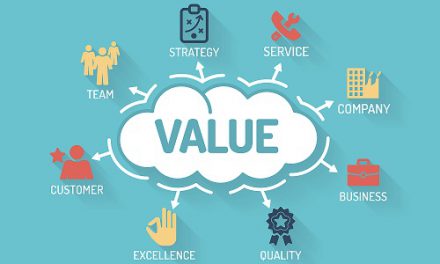
How to Hire a Cultural Fit
Hiring someone whose personality and values fit the organization is important for several reasons. Chief among them is that hiring is a substantial investment in time and money. Finding the right cultural fit can also improve employee retention, reducing costly employee turnover, raising individual productivity as experience is gained and strengthening the organization’s culture.
To view the full article please register below:
How to Hire a Cultural Fit
Most managers and business owners have had the experience of hiring a person with the perfect skill set who turned out to be a “bad hire” because they did not fit with the organization’s culture (learn some of the hiring red flags to be on the lookout for).
Hiring someone whose personality and values fit the organization is important for several reasons. Chief among them is that hiring is a substantial investment in time and money. The recruiting costs, hiring process and, most critically, the loss of productivity that comes with training and having open positions make it very costly when employees don’t work out.
Moreover, maintaining a company’s culture requires that its employees believe in and act on the company’s mission and values. An employee who doesn’t believe in a company’s values may become a threat to a positive work environment, affecting the morale and productivity of other employees.
Finding the right cultural fit can also improve employee retention, reducing costly employee turnover, raising individual productivity as experience is gained and strengthening the organization’s culture.
Determining a Cultural Fit
An essential prerequisite to hiring individuals who are a cultural fit is knowing the culture of your organization. That sounds like a statement of the obvious, but if you don’t have an articulated mission and value statement, it becomes impossible to determine a job candidate’s cultural fit.
With that knowledge, employers are able to look for certain attributes and ask the right questions to identify cultural fit. For instance: Are you looking for workers more comfortable with sharing credit in a team environment than gaining recognition for individual achievement? Do you foster a culture of giving and expect employees to participate in charity or community activities outside of work hours? Do you expect employees to be available 24/7? Do you require employees to be self-motivated?
Read the candidate’s resume and cover letter to understand what matters most to him or her and consider the following:
- What does it unconsciously communicate?
- Does it emphasize individual or team accomplishment?
- Does the cover letter highlight a strength that the resume contradicts, like typos for a “detailed oriented” person, or no example of mentorship even though the resume speaks to the importance of leadership?
Ask questions in the interview that will lead to insights into how an individual might fit into the culture: What company value most resonates with them? Is recognition important to them? How do they see the culture from what they know about it? What’s an example of when they reinforced a [insert value]?
Increasing workplace diversity benefits a company, so employers and interviewers must be careful of using “cultural fit” as a cover for unconscious bias. It should never be used as a pretext for hiring only people who look and think like other employees, whether that’s color, sex, age or outlook.
Please reference disclosures at: https://blog.americanportfolios.com/disclosures/











